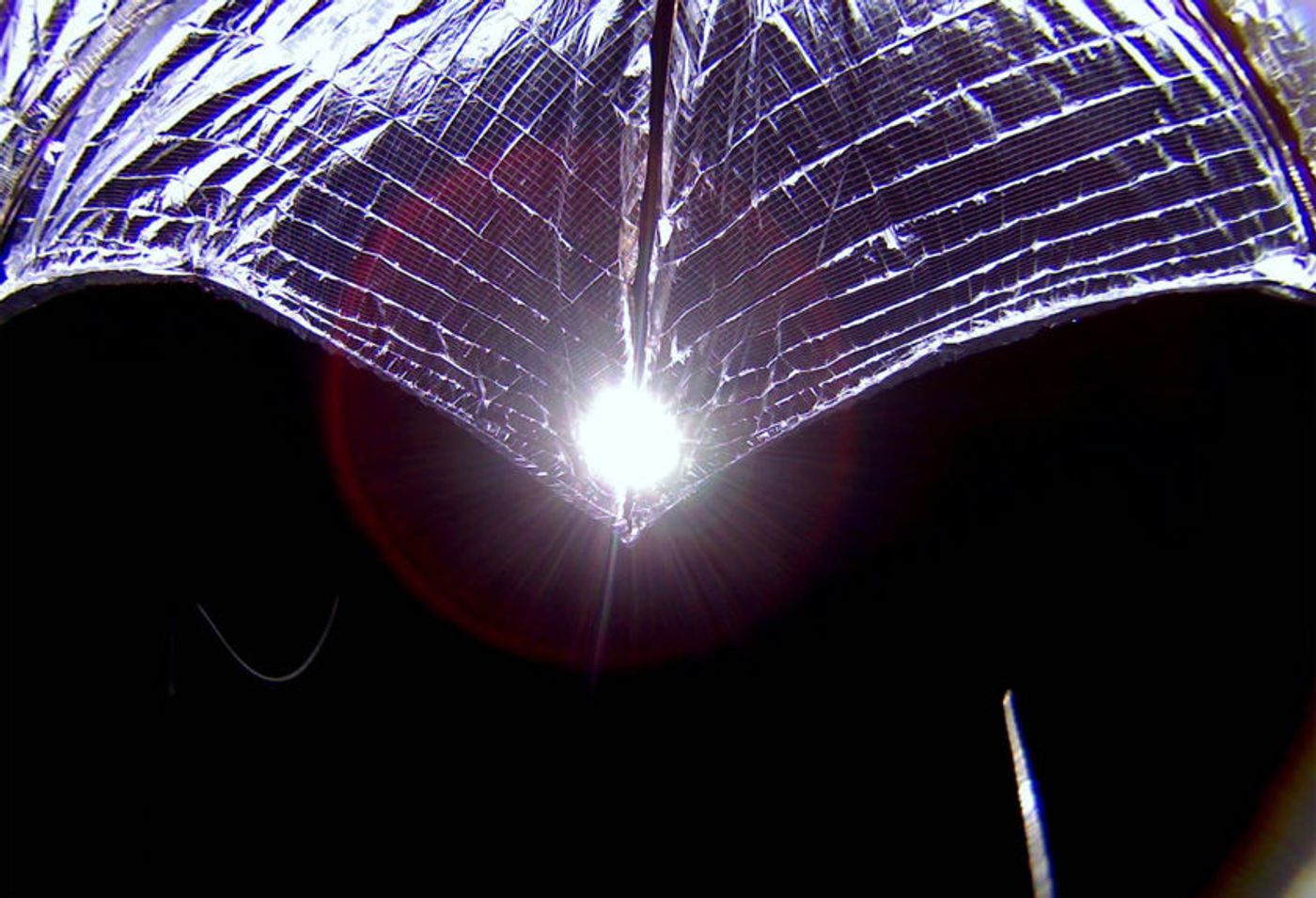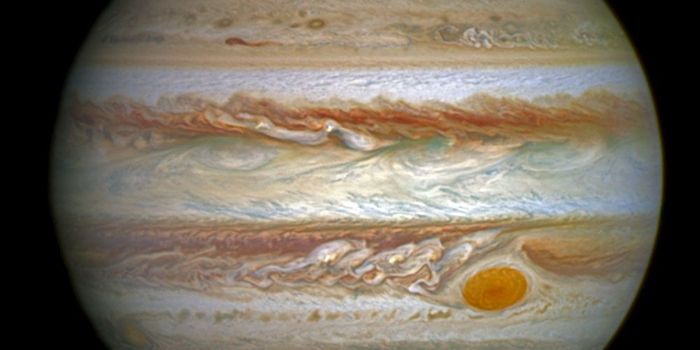LightSail-2 Spacecraft Demonstrates Viability of Solar Sails
The future of space travel looks bright, especially considering the fact that future deep-space probes could utilize passive solar sails to get to their destinations. (Did you see what we did there?)
Image Credit: The Planetary Society
While most traditional spacecraft use combinations of chemical burn thrusters and planetary gravitational assists to arrive at their destinations, a solar sail-centric spacecraft would offer one significant advantage over those: it wouldn’t necessitate any fuel once it’s in space.
A solar sail works much like a reverse parachute in that it traps high-speed solar wind particles that emanate from the Sun, and it uses this continuous push to build up momentum for the attached spacecraft. Solar sails are massive, and it’s this huge surface area that allows them to capture significant amounts of solar wind to generate propulsion.
Solar sails have been compartmentalized into the proverbial ‘proof of concept’ category for the last several years, but that now appears to be changing. Launched aboard the SpaceX Falcon Heavy rocket at the end of June was an experimental spacecraft dubbed LightSail-2, and as you might come to expect from the name, it sports a solar sail.
Related: A new solar sail technology for future spacecraft?
Citing the Planetary Society, which is the organization responsible for sending the $7 Million LightSail-2 mission into space, LightSail-2 has successfully flown around the Earth using its 344 square-foot aluminized mylar solar sail. Perhaps more importantly, the spacecraft demonstrated that it’s possible to steer a solar sail-equipped spacecraft to control its trajectory.
LightSail-2 set several precedents in the last month, including becoming the first spacecraft to use solar sail propulsion in orbit around the Earth, becoming the first small spacecraft to validate solar sailing, and becoming the second solar sail spacecraft ever to fly.
"We're thrilled to announce mission success for LightSail 2," said Bruce Betts, the program manager for the LightSail program and a chief scientist for the Planetary Society. "Our criteria was to demonstrate controlled solar sailing in a CubeSat by changing the spacecraft’s orbit using only the light pressure of the Sun, something that’s never been done before. I'm enormously proud of this team. It's been a long road and we did it."
Related: Would project Breakthrough Starshot survive space dust and debris?
From what we can gather, LightSail-2 will continue flying for at least another month as scientific testing continues, during which its orbital trajectory will rise and become more elliptical. At some point, the spacecraft will get caught up in the Earth’s atmosphere and fall back, burning up in the process.
Given the successes of LightSail-2, it ought to be interesting to see if solar sail technology takes off in the near future.
Source: Planetary Society via Forbes









